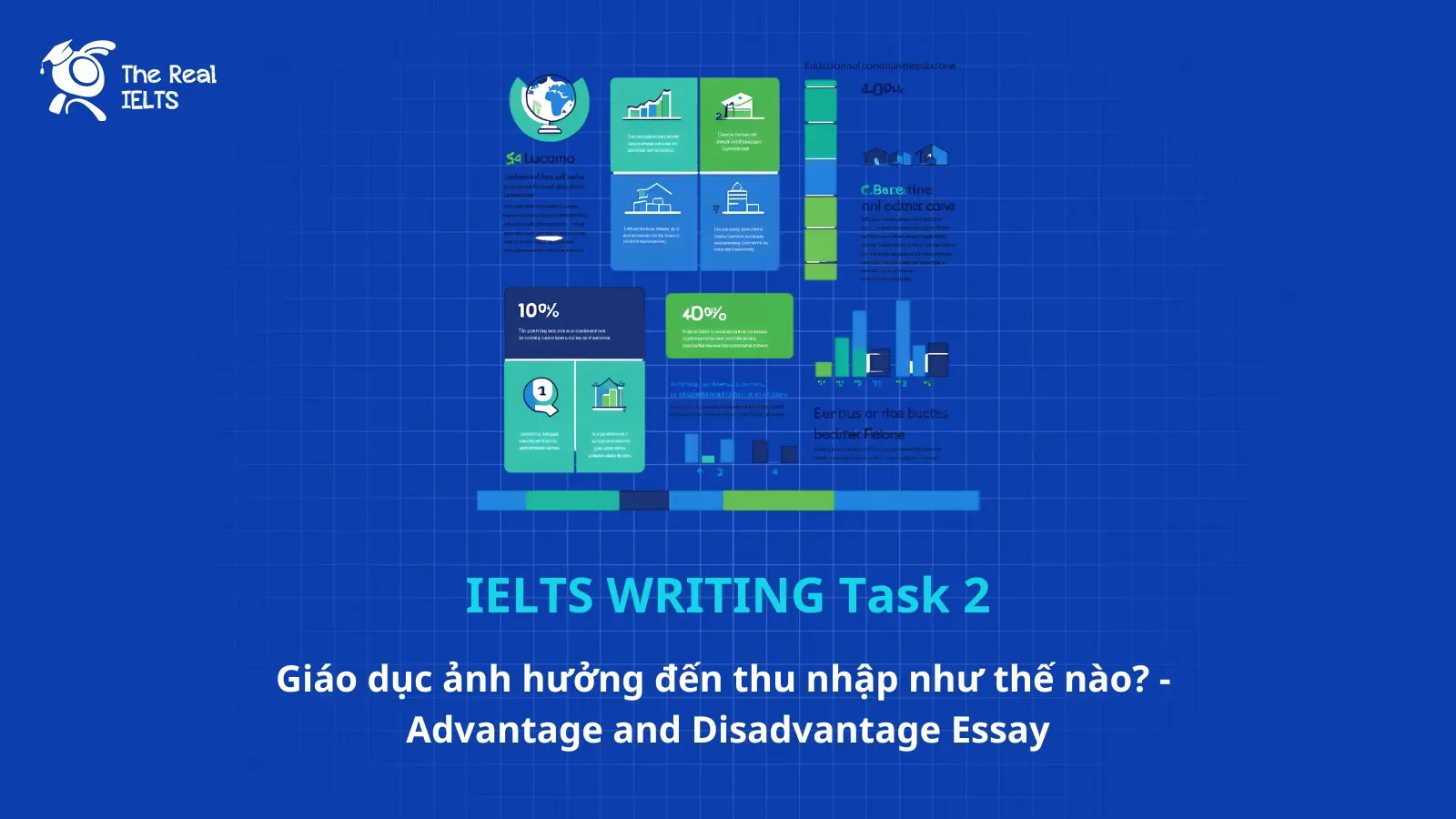Đề bài IELTS Writing Task 2 dạng Positive or Negative businesses adopting
You should spend about 40 minutes on this task
The trend of businesses adopting a four-day workweek. Do you think this is a positive or negative development?
Write at least 250 words.
Giải mẫu đề luyện thi IELTS Writing
In recent years, the idea of a four-day workweek has gained considerable attention, with many businesses exploring this option to boost productivity and employee well-being. While there are compelling arguments on both sides, I believe that the adoption of a four-day workweek is a positive development, albeit with certain considerations.
Firstly, reducing the workweek to four days can significantly improve work-life balance. Employees often struggle to find time for personal interests, family, and rest due to long working hours. A shorter workweek allows individuals to recharge, leading to better mental health and overall job satisfaction. This increased well-being can, in turn, enhance productivity, as happier employees are generally more motivated and focused during their working hours.
Moreover, a four-day workweek can lead to cost savings for businesses. With fewer days of operation, companies can reduce expenses related to utilities, office maintenance, and even commuting costs for employees. This financial benefit can be particularly appealing to smaller businesses looking to cut overheads without compromising productivity.
However, the success of this model largely depends on the nature of the work. For industries requiring continuous customer support or operations, such as healthcare or manufacturing, a four-day workweek may not be feasible. In these sectors, reducing working days could lead to service disruptions and decreased customer satisfaction. Therefore, while the four-day workweek may be advantageous for certain types of businesses, it may not be universally applicable.
In conclusion, the trend of businesses adopting a four-day workweek is generally a positive development, especially for enhancing employee well-being and reducing operational costs. However, it is essential to consider the specific needs and constraints of each industry before implementing such a change. A flexible approach that tailors the workweek to the nature of the business will likely yield the best results.
Thống kê cấu trúc câu và cấu trúc ngữ pháp
1. Cấu trúc câu
- Simple Sentence (Câu đơn):
- “Employees often struggle to find time for personal interests, family, and rest due to long working hours.”
- “This financial benefit can be particularly appealing to smaller businesses looking to cut overheads without compromising productivity.”
- Compound Sentence (Câu ghép):
- “This increased well-being can, in turn, enhance productivity, as happier employees are generally more motivated and focused during their working hours.”
- “For industries requiring continuous customer support or operations, such as healthcare or manufacturing, a four-day workweek may not be feasible.”
- Complex Sentence (Câu phức):
- “While there are compelling arguments on both sides, I believe that the adoption of a four-day workweek is a positive development, albeit with certain considerations.”
- “Therefore, while the four-day workweek may be advantageous for certain types of businesses, it may not be universally applicable.”
- Compound-Complex Sentence (Câu ghép phức):
- “In conclusion, the trend of businesses adopting a four-day workweek is generally a positive development, especially for enhancing employee well-being and reducing operational costs.”
2. Cấu trúc ngữ pháp
- Passive Voice (Câu bị động):
- “The idea of a four-day workweek has gained considerable attention.”
- “The success of this model largely depends on the nature of the work.”
- Relative Clauses (Mệnh đề quan hệ):
- “Employees often struggle to find time for personal interests, family, and rest due to long working hours.”
- “Smaller businesses looking to cut overheads without compromising productivity.”
- Subordinate Clauses (Mệnh đề phụ thuộc):
- “While there are compelling arguments on both sides, I believe that…”
- “If businesses reduce the workweek, employees may feel more motivated.”
- Modal Verbs (Động từ khuyết thiếu):
- “A four-day workweek can significantly improve work-life balance.”
- “It may not be universally applicable.”
- Gerund (Danh động từ):
- “Reducing the workweek to four days can significantly improve work-life balance.”
- “The trend of businesses adopting a four-day workweek is generally a positive development.”
3. Từ nối (Connectors)
- Liên kết các đoạn văn:
- “Firstly,” – Bắt đầu đoạn văn mới, đưa ra luận điểm đầu tiên.
- “Moreover,” – Tiếp tục luận điểm thứ hai, bổ sung thông tin.
- “However,” – Bắt đầu đoạn văn phản biện, đưa ra lập luận trái ngược.
- “In conclusion,” – Mở đầu đoạn kết luận.
- Liên kết các câu:
- “While” – Dùng để nối các ý kiến trái ngược nhau.
- “As” – Dùng để đưa ra lý do.
- “Therefore,” – Dùng để kết luận, đưa ra hệ quả.
- “In turn,” – Chỉ ra kết quả tiếp theo của một hành động.
- “Especially” – Nhấn mạnh ý chính trong câu.
Những cấu trúc và từ nối này giúp bài viết trở nên mạch lạc, rõ ràng, và dễ hiểu hơn.
Các từ vựng tiếng Anh cần lưu ý trong bài viết
- Trend – Xu hướng
- Adopting – Áp dụng
- Workweek – Tuần làm việc
- Positive development – Sự phát triển tích cực
- Considerations – Những cân nhắc
- Work-life balance – Cân bằng công việc và cuộc sống
- Personal interests – Sở thích cá nhân
- Mental health – Sức khỏe tinh thần
- Job satisfaction – Sự hài lòng trong công việc
- Productivity – Năng suất
- Motivated – Có động lực
- Focused – Tập trung
- Cost savings – Tiết kiệm chi phí
- Utilities – Tiện ích (như điện, nước, v.v.)
- Office maintenance – Bảo trì văn phòng
- Commuting costs – Chi phí đi lại
- Overheads – Chi phí chung
- Compromising – Làm suy giảm
- Feasible – Khả thi
- Service disruptions – Gián đoạn dịch vụ
- Customer satisfaction – Sự hài lòng của khách hàng
- Universally applicable – Áp dụng phổ quát
- Enhancing – Nâng cao
- Operational costs – Chi phí vận hành
- Flexible approach – Cách tiếp cận linh hoạt
Đọc thêm bài viết: Cách làm bài thi IELTS Writing Task 2.















